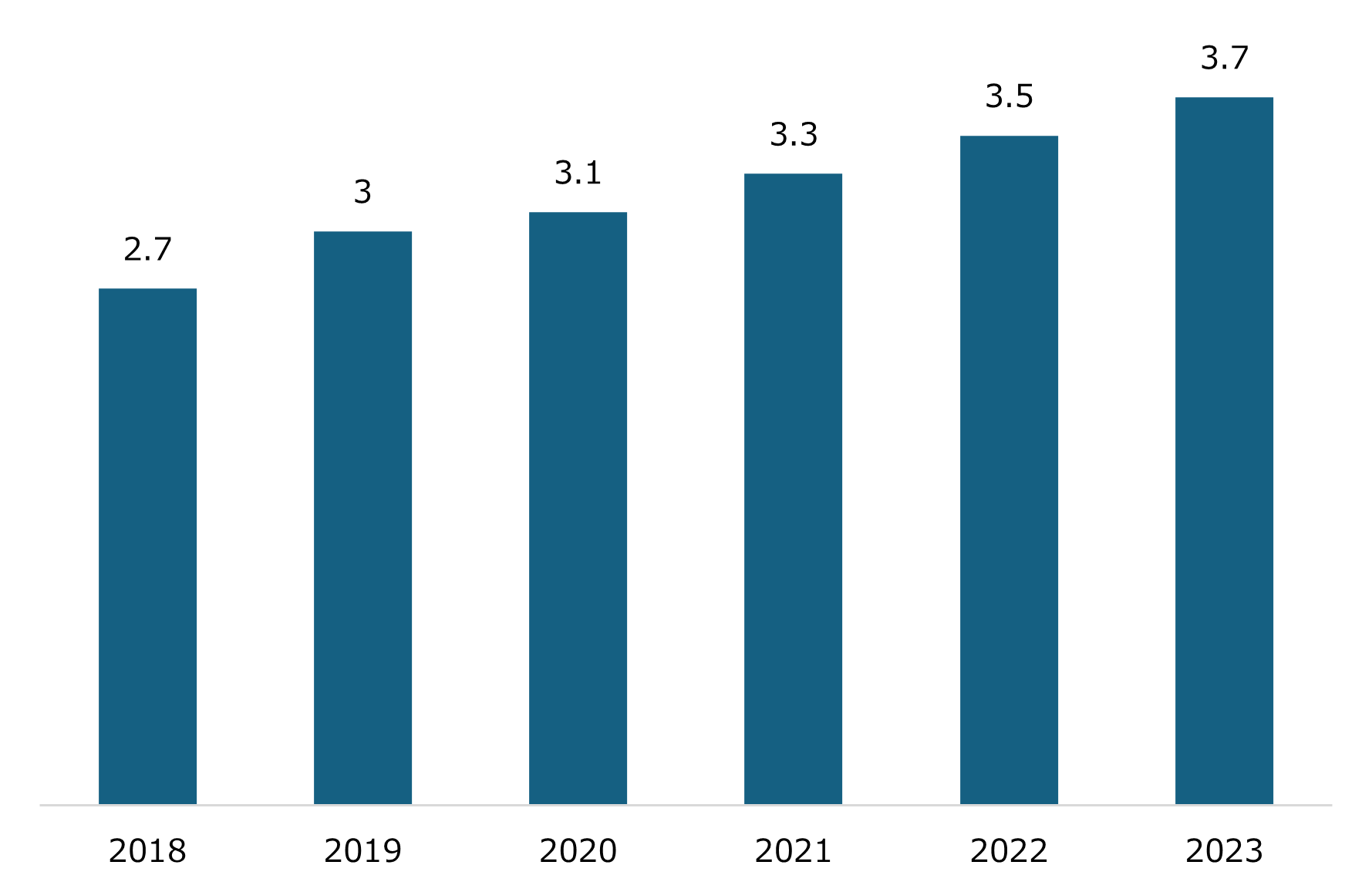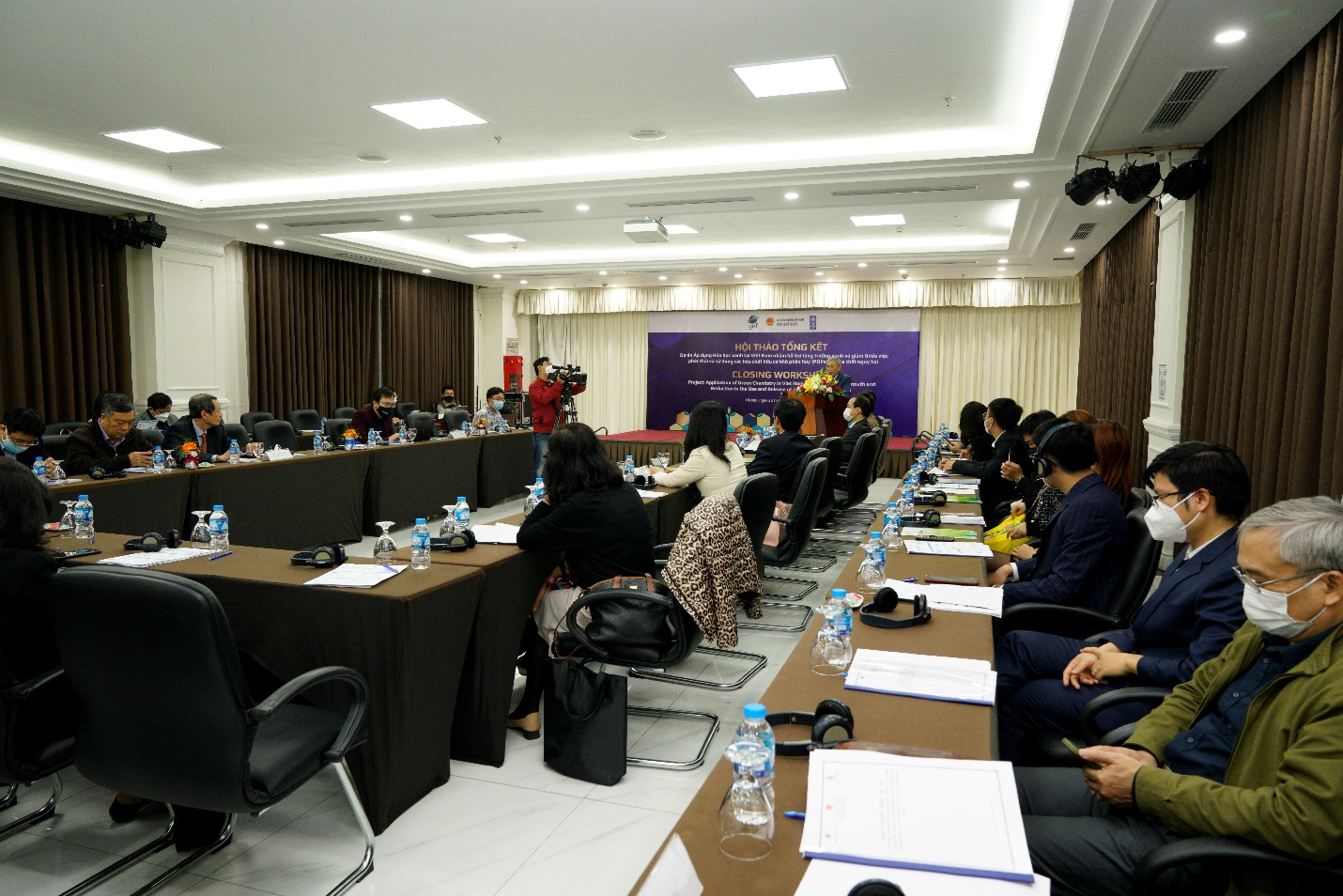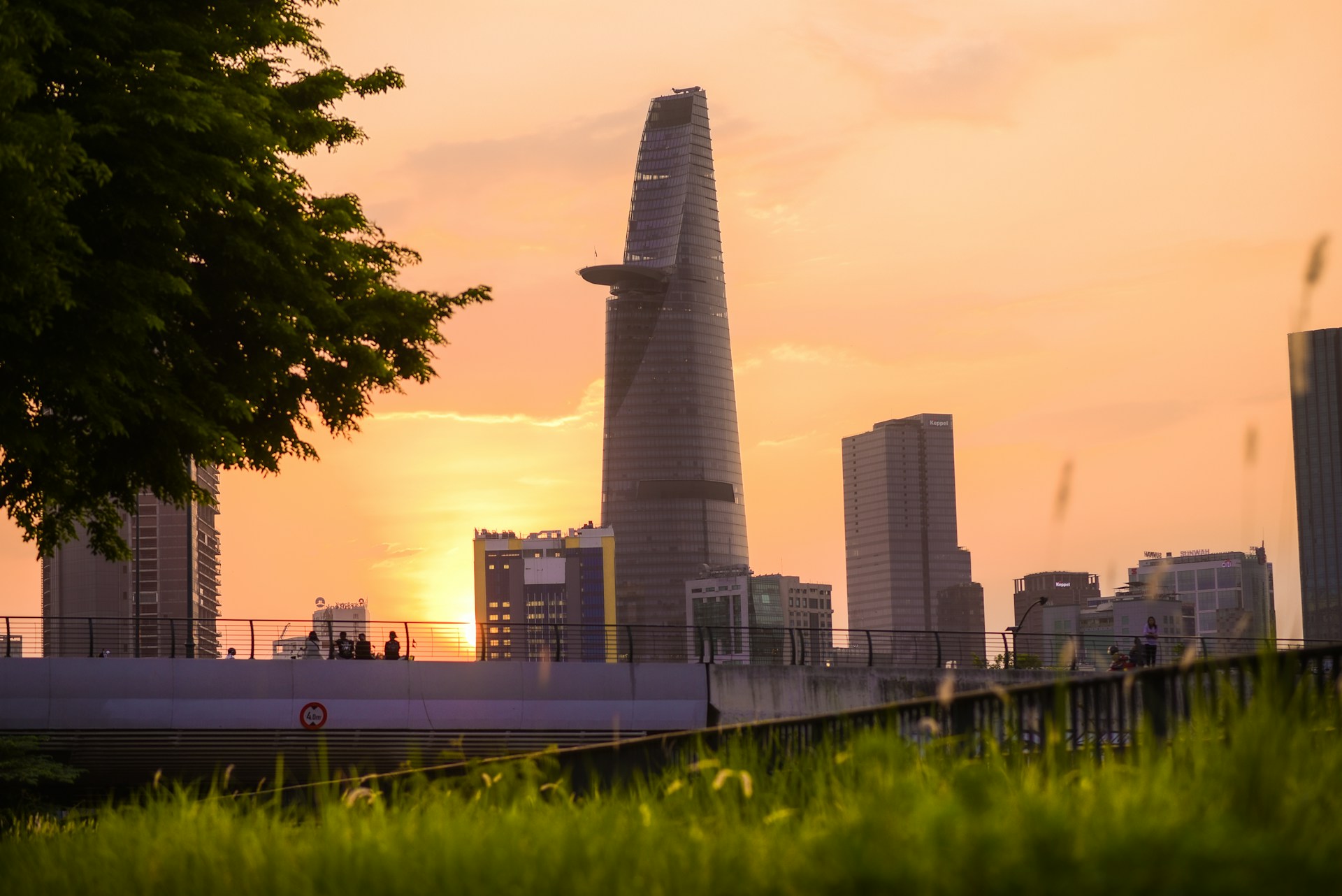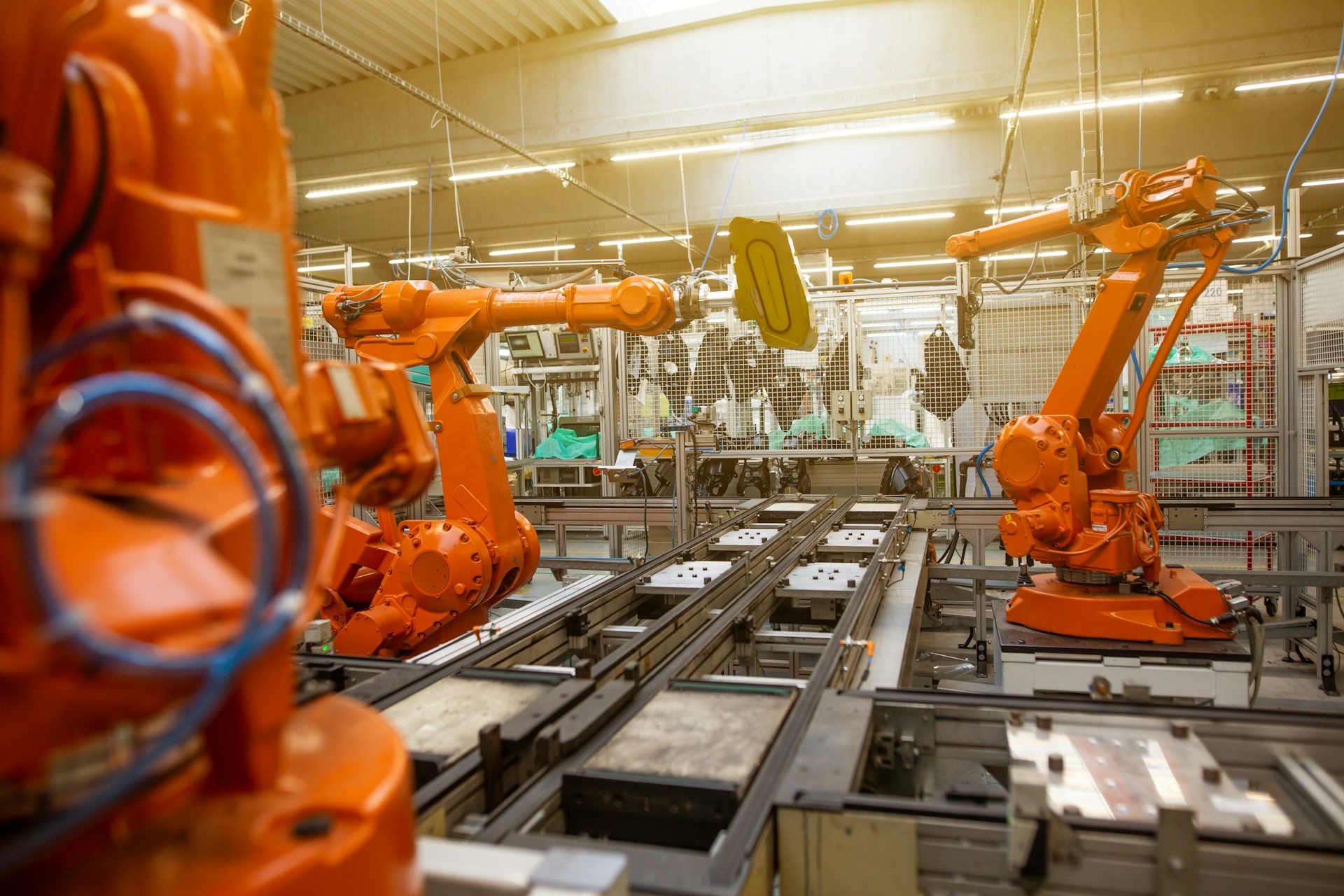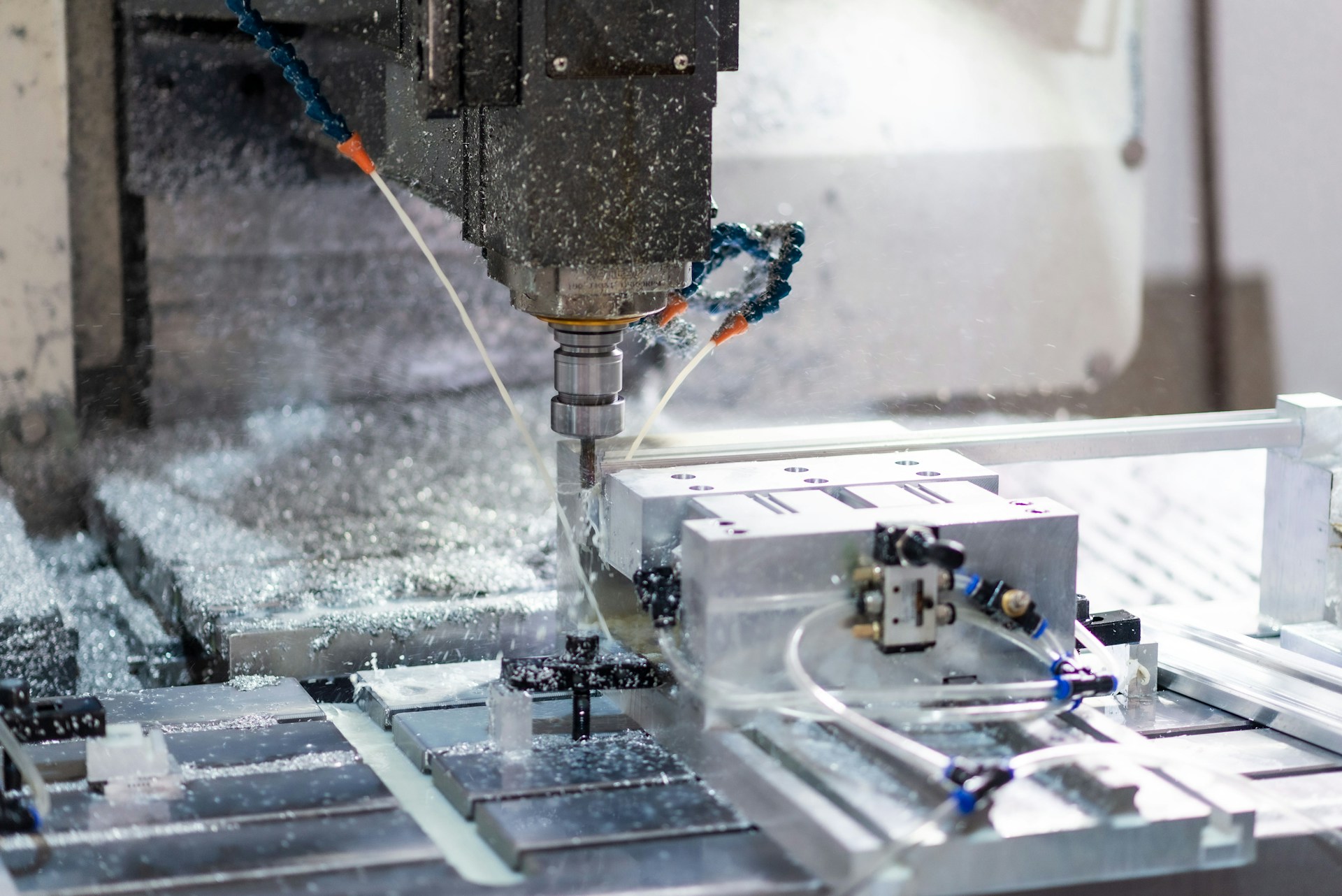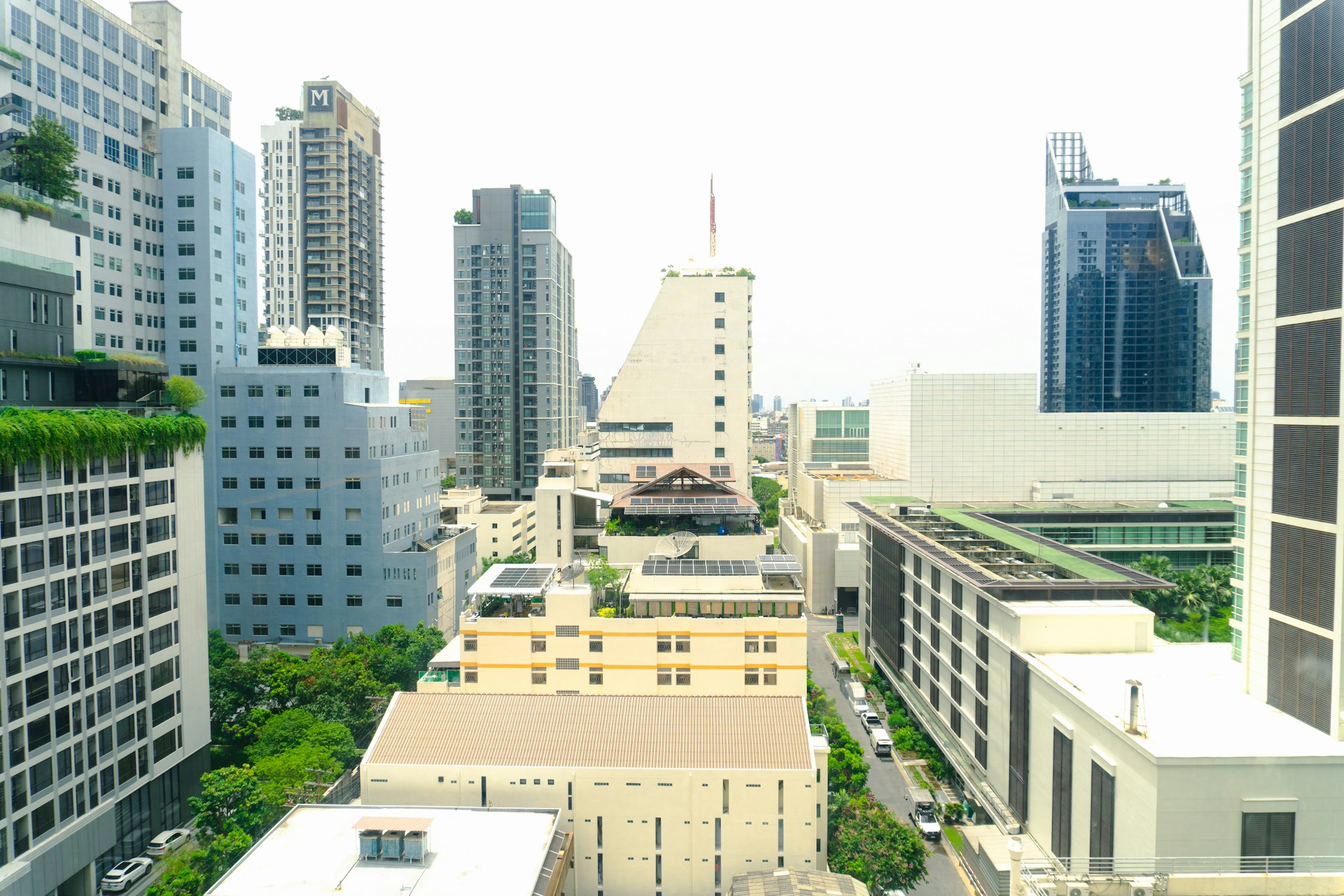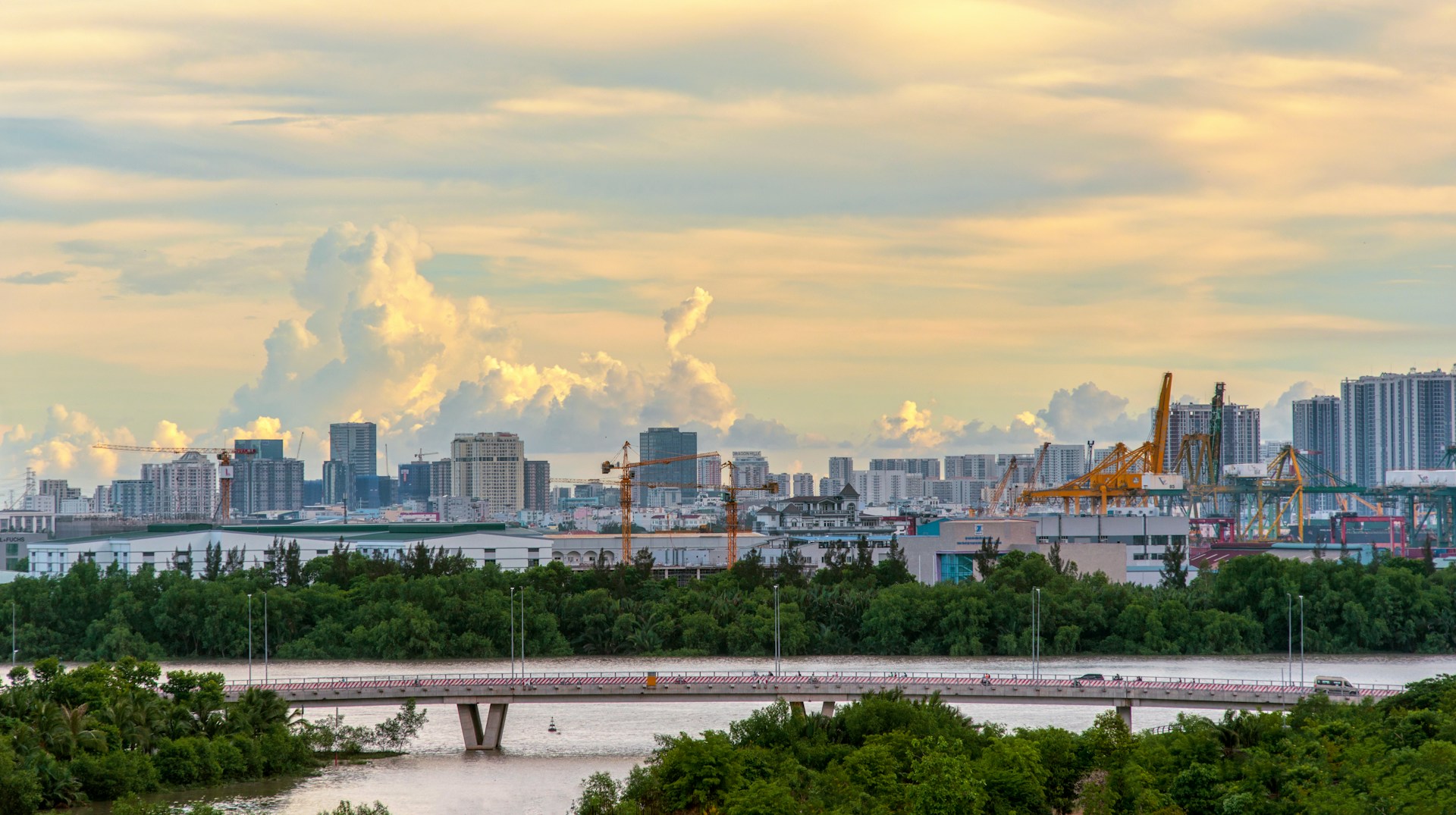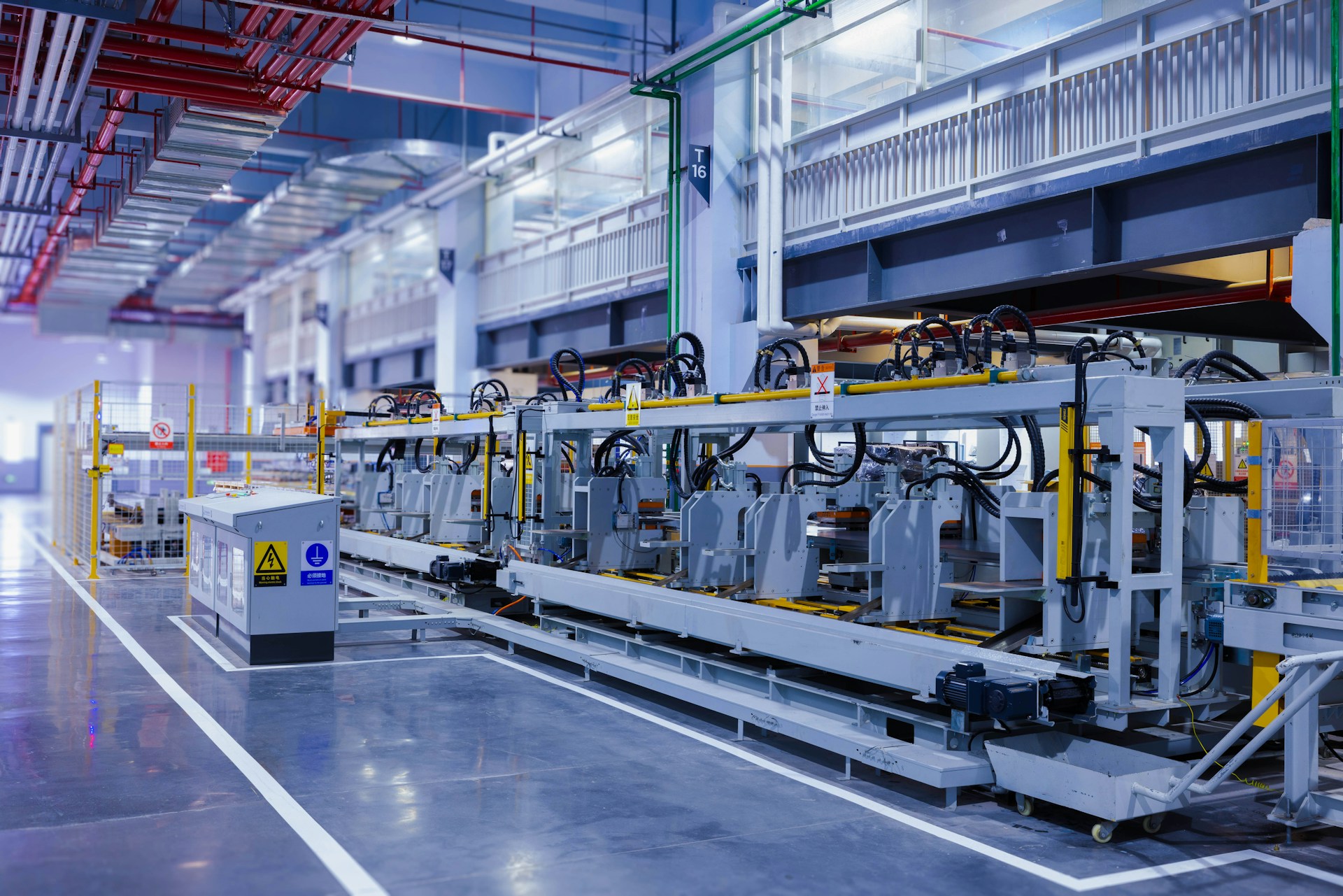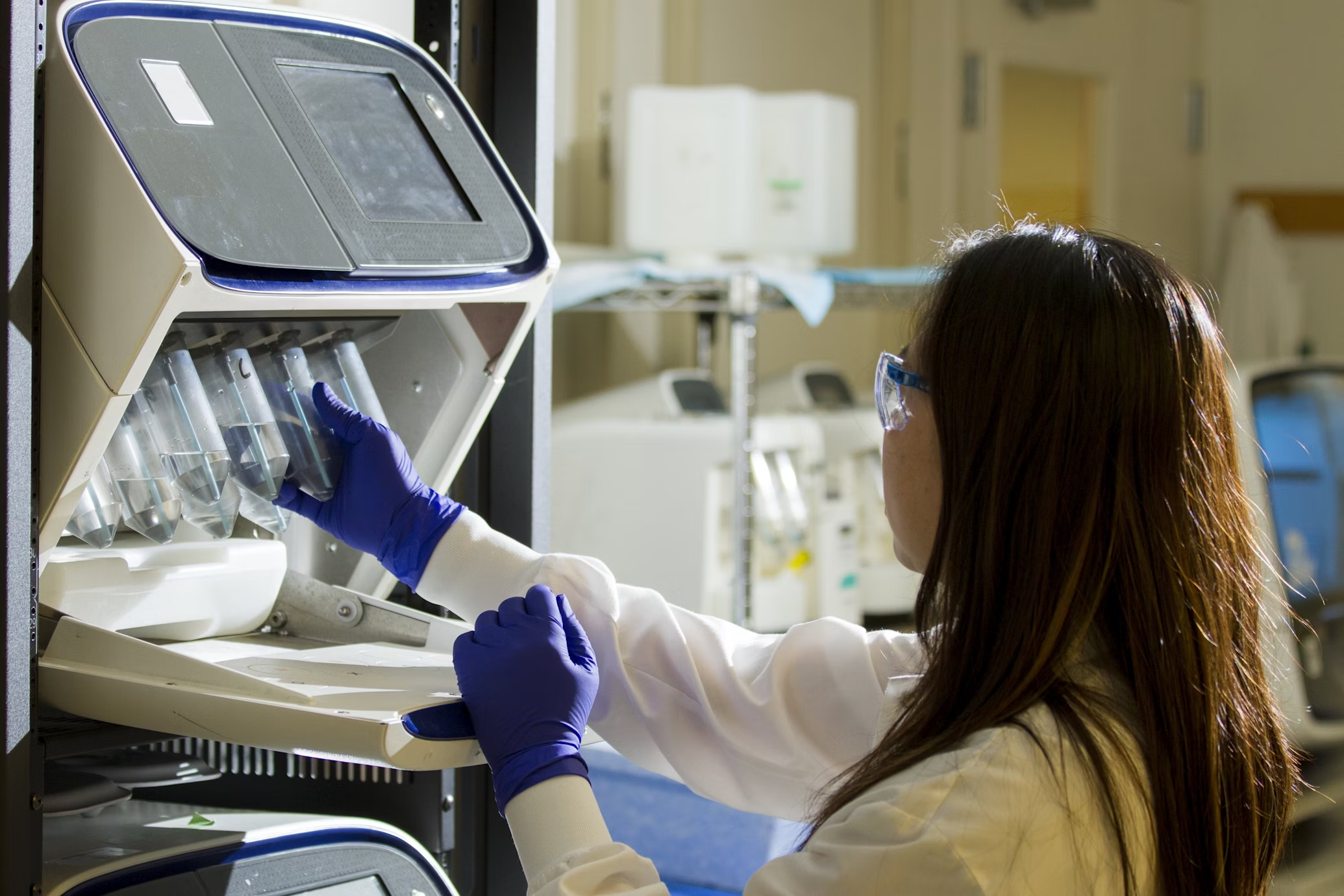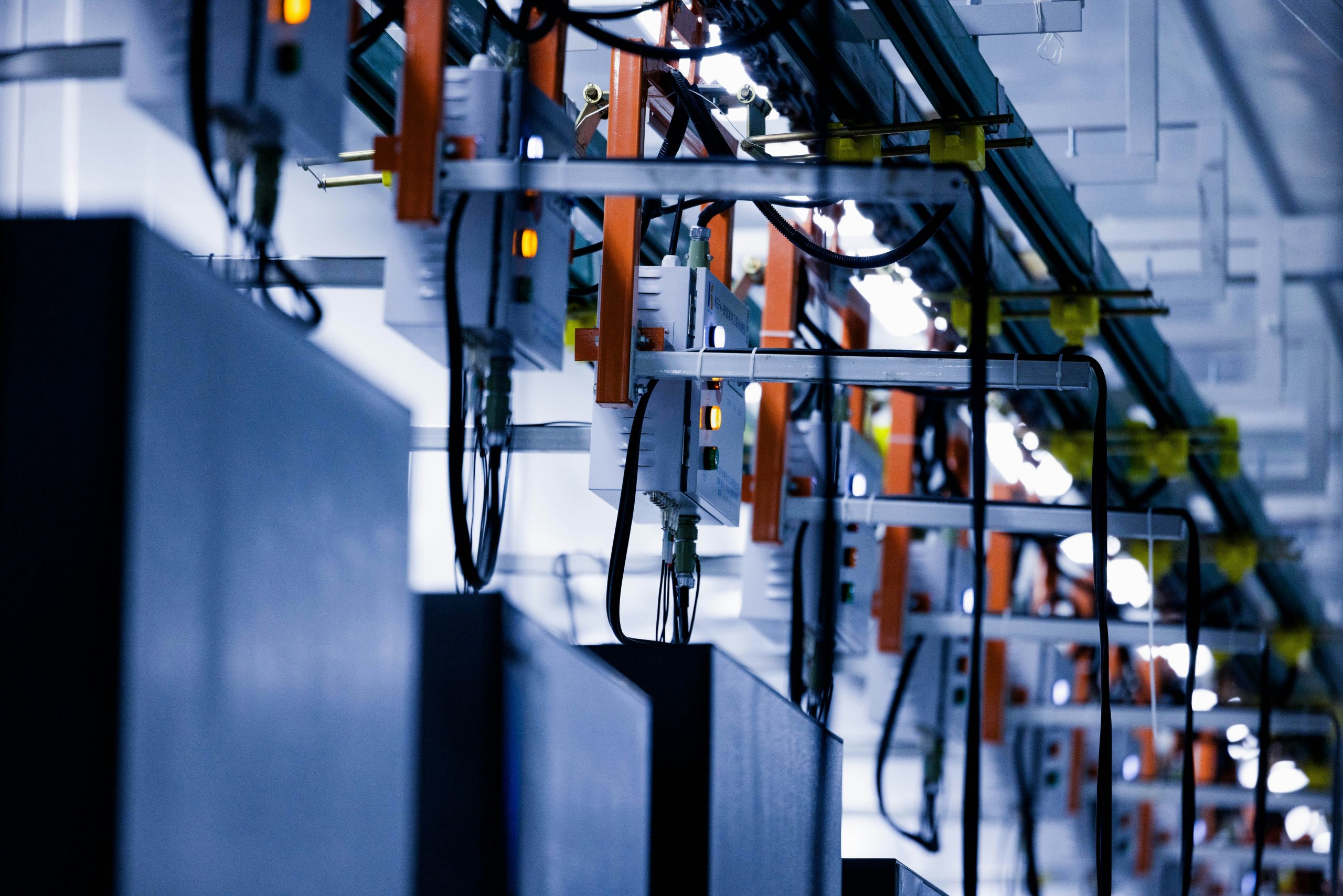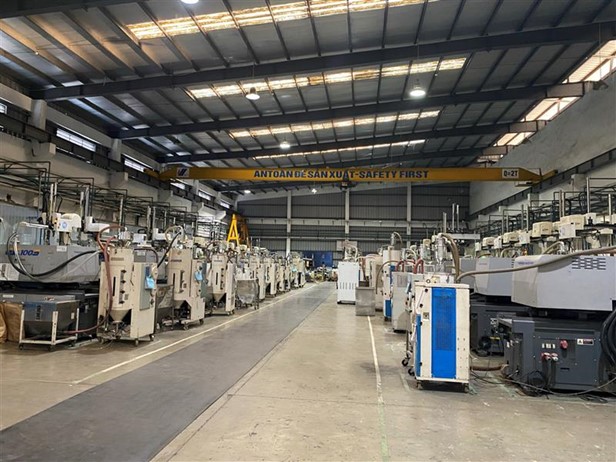The chemical industry is a cornerstone of Vietnam’s economic growth, supporting numerous other sectors, such as agriculture, manufacturing, and construction. However, it has historically been associated with significant environmental challenges, including pollution and high energy consumption. In recent years, Vietnam has recognized the importance of transitioning its chemical industry towards eco-friendly practices to align with the global trend of sustainable development. This article explores the current state of the chemical industry in Vietnam, the challenges it faces, the strategies adopted for green growth, and the potential opportunities arising from this transformation.
Current Landscape of Vietnam’s Chemical Industry
Currently, Vietnam’s chemical industry is divided into 10 main sub-sectors, including petrochemicals; basic chemicals (such as consumer chemicals and pure chemicals); fertilizers; petrochemicals; rubber products, paints and printing inks, industrial gases; chemical power sources (batteries and accumulators); plant protection chemicals; detergent products; and several other chemicals[1].
The chemical market size in Vietnam has achieved impressive growth with a CAGR of 6.5%/year in the period 2018 to 2023, and reached 3.7 billion USD in 2023.
Market size of chemical market in Vietnam from 2018 to 2023
Unit: Billion USD
Source: Statista
According to the Chemical Industry Development Department (Ministry of Industry and Trade), the chemical industry is a foundational sector, accounting for 2-5% of the total industrial GDP with an annual growth rate of 10-11%. The workforce in the chemical industry comprises 2.7 million people, representing 10% of the total industrial labor force. The labor productivity of the chemical industry is 1.36 times higher than the average labor productivity of the entire industrial sector[2].
However, within the overall picture of Vietnam’s chemical industry, several challenges persist. The industry mainly supplies common products and has yet to produce high-tech chemical products or those with significant added value. Many raw materials and chemical products still rely on imports. Numerous small and outdated facilities exist, lacking focus on scientific research, technological innovation, and competitive product development. Issues such as pollution and safety hazards continue to occur, leading to public concern and resistance in certain localities and communities.
Government Support
To promote the development of the chemical industry in a sustainable and more environmentally friendly manner, under Resolution No. 124/NQ-CP dated September 3, 2020, the Government assigned the Ministry of Industry and Trade to lead the formulation of the Strategy for the Development of Vietnam’s Chemical Industry through 2030, with a vision to 2040. The strategy was approved by the Prime Minister in Decision No. 726/QĐ-TTg dated June 16, 2022. This table shows the roadmap for the industry’s aims and goals.
| Goals by 2030 | Goals by 2040 | |
| Economic Contribution | Annual growth rate of 10-11% | Annual growth rate of 7-8% |
| Domestic production | Improve domestic supply capabilities for chemical products. | Meet domestic demand: 80% for basic chemicals, 60% for petrochemicals, 50% for technical rubber, etc |
| Export Goals | Annual growth rate of 9-11% | Annual growth rate of 7.5-9% |
| Key Sub-Sectors | Prioritize key sub-sectors: basic chemicals, petrochemicals, technical rubber, fine chemicals, fertilizers | Deeply integrate into the global value chain with high-tech production for selected products. |
| Resource Utilization | Promote efficient and sustainable resource use | Ensure energy efficiency and sustainability in production processes. |
| Technology & Innovation | Apply modern technology, digital economy, and digital transformation to enhance competitiveness | Achieve self-reliance in research, design, and production technology for certain high-quality products. |
| Workforce | Develop skilled labor force to support the industry. | Build a professional, disciplined, and highly productive workforce. |
Source: Resolution No. 124/NQ-CP[3]
Challenges in Transitioning to Green Growth
Despite the opportunities, transitioning to green growth presents significant challenges. High costs remain a barrier, particularly for SMEs, which often lack access to financing. Limited infrastructure for waste management and renewable energy integration further complicates the adoption of sustainable practices.
Inconsistent enforcement of environmental regulations undermines progress, as does the shortage of skilled professionals to implement advanced technologies. To address these challenges, Vietnam must adopt a comprehensive strategy that includes financial incentives, capacity-building programs, and investments in infrastructure. Strengthening regulatory enforcement and fostering a culture of sustainability among businesses and consumers are also essential for long-term success.
Strategies For Green Growth in The Chemical Industry In Vietnam
Vietnam’s chemical industry is transforming to support sustainable development and green growth, with a focus on these key strategies:
Firstly, enhancing policies and regulations forms the foundation of this transition. The government has introduced stricter environmental standards, promoted recycling and waste reduction under a circular economy framework, and provided incentives for adopting eco-friendly technologies. This ensures businesses are aligned with sustainability goals while addressing resource efficiency.
Secondly, technology modernization is a critical driver of green growth. Outdated facilities are being replaced with modern, energy-efficient technologies, including green chemistry and digital tools like IoT and AI. These innovations reduce resource consumption, pollution, and production costs, improving both environmental and economic outcomes.
Finally, investing in green supply chains and high-value products strengthens the industry’s competitiveness. Efforts focus on sourcing sustainable raw materials, fostering collaboration with responsible partners, and producing advanced materials like biodegradable chemicals and green fertilizers.
Vietnam’s chemical industry is actively implementing practical measures to promote eco-friendly practices and green growth. In 2022, the Vietnamese government, in collaboration with the United Nations Development Programme (UNDP), has launched projects to integrate green chemistry into industrial processes. These initiatives aim to reduce the use and release of harmful chemicals, such as persistent organic pollutants (POPs), by promoting environmentally friendly production methods. Notably, a project titled “Application of Green Chemistry in Vietnam to Support Green Growth and Reduction in the Use and Release of POPs/Harmful Chemicals” has been implemented, resulting in the elimination of over 3.6 tons of POPs and 1,578 tons of contaminated materials and products[4].
Workshop about application of green chemistry in Viet Nam to support green growth
Source: United Nations Development Programme
Conclusion
Vietnam’s chemical industry is at a turning point as it seeks to balance economic growth with environmental sustainability. By adopting cleaner technologies, integrating renewable energy, and fostering innovation, the industry can align with national and global goals for green growth. While challenges such as high costs, inadequate infrastructure, and regulatory inconsistencies persist, strategic investments and policy interventions can pave the way for a more sustainable future.
The industry’s transition to green growth is not only a necessity but also an opportunity to enhance competitiveness in global markets and contribute to Vietnam’s broader development goals. By taking decisive action today, the chemical industry can position itself as a leader in sustainability, driving a cleaner, greener, and more prosperous future for Vietnam. This transformation will not only benefit the sector but also bolster the nation’s standing as a responsible player in the global economy.
[1] Ministry of Industry and Trade (2024). The chemical industry plays a crucial role in the national economy. <Assess>
[2] Industry and Trade Online (2024). Article 1: The Significant Contributions of the Chemical Industry to the Economy. <Assess>
[3] The Government (2020). <Assess>
[4] United Nations Development Programme (2022). Green Chemistry in Viet Nam: 3.6 tonnes of persistent organic pollutants and 1,578 tonnes of contaminated materials and products removed <Assess>
| B&Company, Inc.
The first Japanese company specializing in market research in Vietnam since 2008. We provide a wide range of services including industry reports, industry interviews, consumer surveys, business matching. Additionally, we have recently developed a database of over 900,000 companies in Vietnam, which can be used to search for partners and analyze the market. Please do not hesitate to contact us if you have any queries. info@b-company.jp + (84) 28 3910 3913 |
Read other articles

